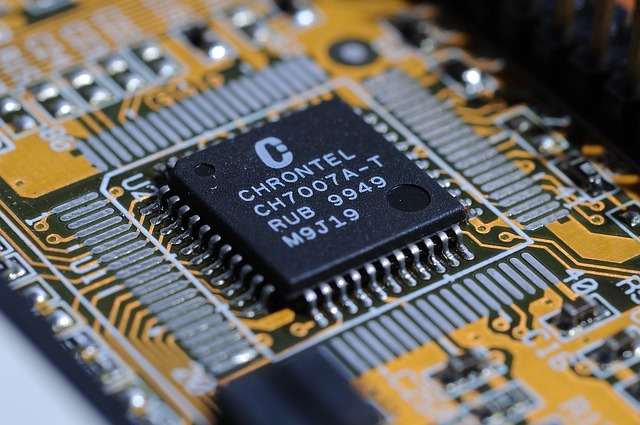Microelectronics – An introduction
An introduction to Microelectronics
Electronics is a general term for the field of science that involves managing electric currents through circuits. Microelectronics is one of the sub-categories of electronics. Microelectronics specifically relates to manufacture of very small electronic circuits. It also incorporates the study and engineering of the circuits. Fundamentally, the term ‘micro’ relates to the measurement scale of a micrometer (1 x 10-6 meters). Microelectronics relates to electronic components at this scale or smaller.
When standard electronic components are assembled, the options include capacitors, inductors, resistors, diodes, and transistors. The same range of components is available in a microelectronic product. Wiring of microelectronic components can be challenging due to the sizes involved. Techniques have been developed such as wire bonding to help ensure effective circuits are developed, incorporating the components, leads and pads.
The cost of manufacture of microelectronics can be higher than that of standard electronics due to the need for specialized equipment. This is largely as a result of the set-up costs, but once the set-up has been addressed, the ongoing cost of manufacture can be cost effective.
Microelectronics has become a crucial factor in many aspects of our modern society (and economy). Microelectronics has been described as ‘the enabler’ of modern information technology. Microelectronic components are used in a broad range of industries including computers and software, telecommunications and media, commerce, logistics and transportation, natural science and medicine, power generation and distribution, finance, and administration.
As an example of the increase in use of microelectronics, the value of microelectronics in a modern car will be at least 15% of the value of the vehicle. In some well-equipped vehicles, the value of microelectronic components may be 30% of the value of the vehicle. The range of systems in a car that need microelectronic circuits include the electronic ignition, ABS brakes, ESC stability systems, air bag triggers, anti theft systems, travel computers, integrated instrument panels, automatic climate control systems… the list is endless. When a modern car is serviced, the technician will connect the car’s computer system to identify the mechanical performance and address any issues.
Over time, the scale of microelectronics has steadily decreased. According to Moore’s Law, the number of transistors in a dense integrated circuit has doubled approximately every two years. The law was first identified in 1965, and had continued to be valid for the last 50 years. A modern microprocessor chip is about 3 cm2, and holds 100 million transistors. The same device using traditional 3mm3 transistors would require a volume of a cube measuring 1.4m; and that actually wouldn’t account for the space required for the wiring.
With the decrease in scale, ‘parasitic effects’ have become a challenge for engineers. Parasitic capacitance is defined as ‘an unavoidable and usually unwanted capacitance that exists between the parts of an electronic component or circuit simple due to their proximity to each other’. Engineers working in the field of microelectronics must constantly seek new ways of compensating for (or minimizing) parasitic effects.
In summary, microelectronics as a field has become a crucial aspect of our society and our daily lives, from an obvious level such as a cell phone to a complex range of integrated operations in a car.


